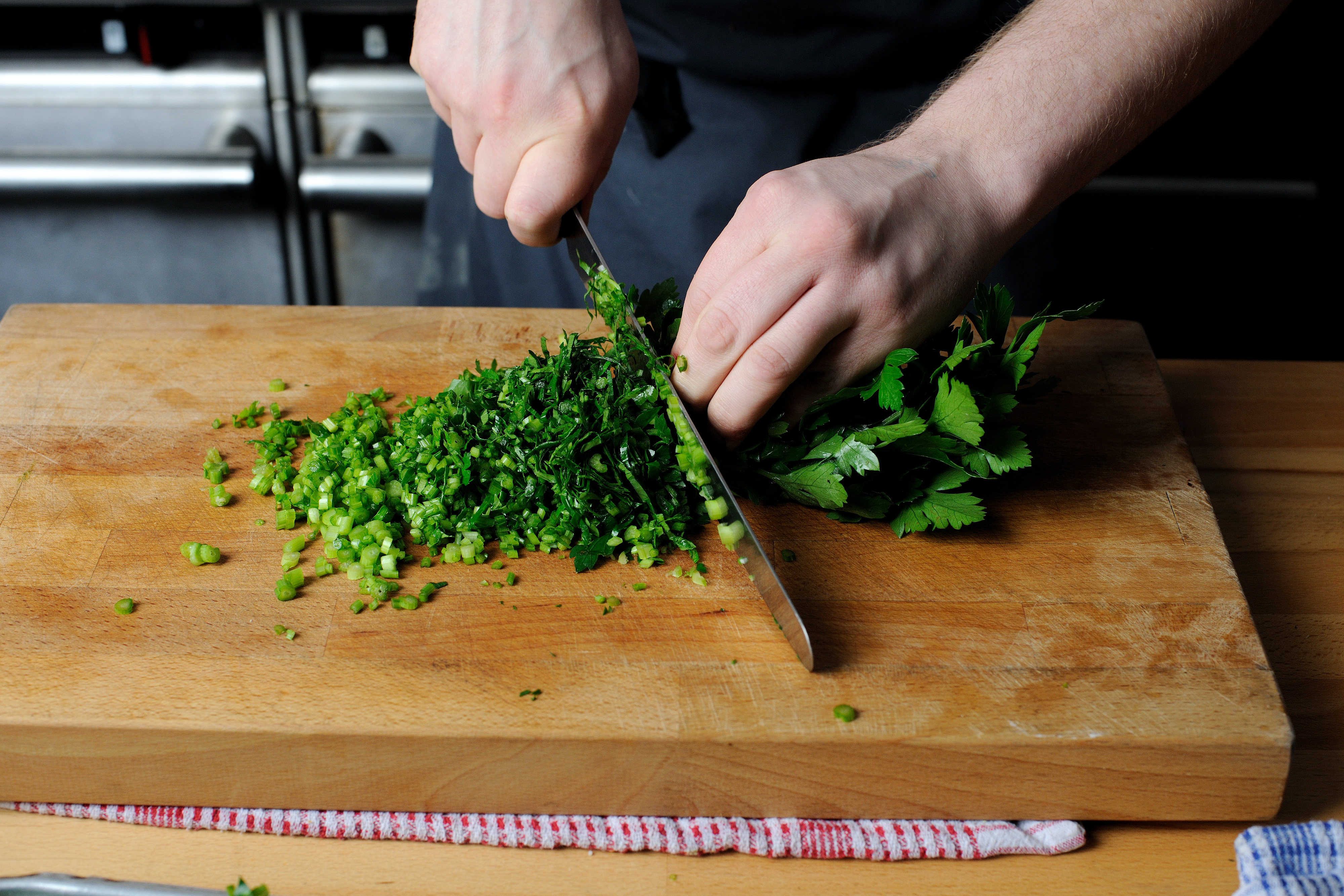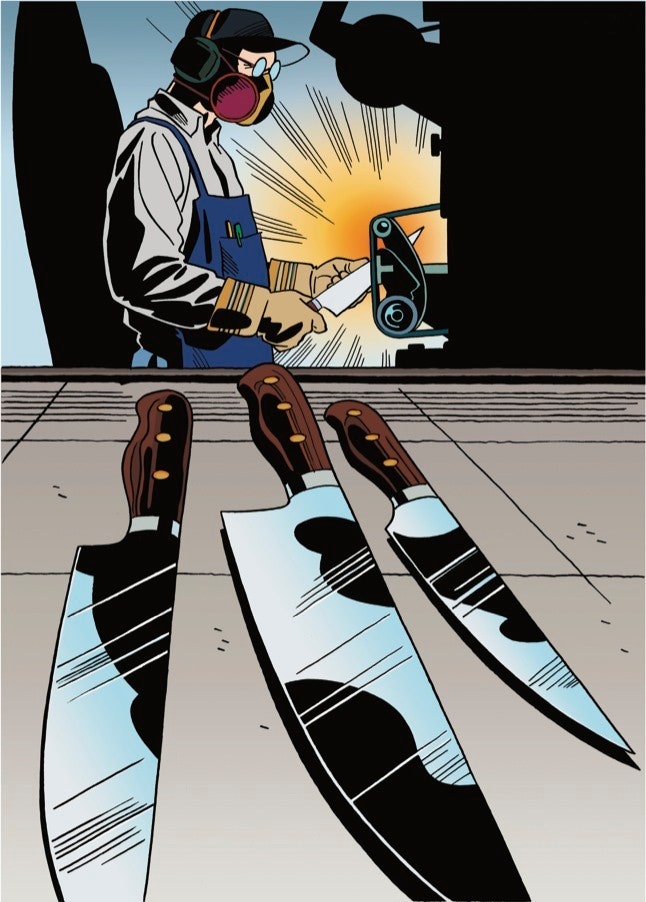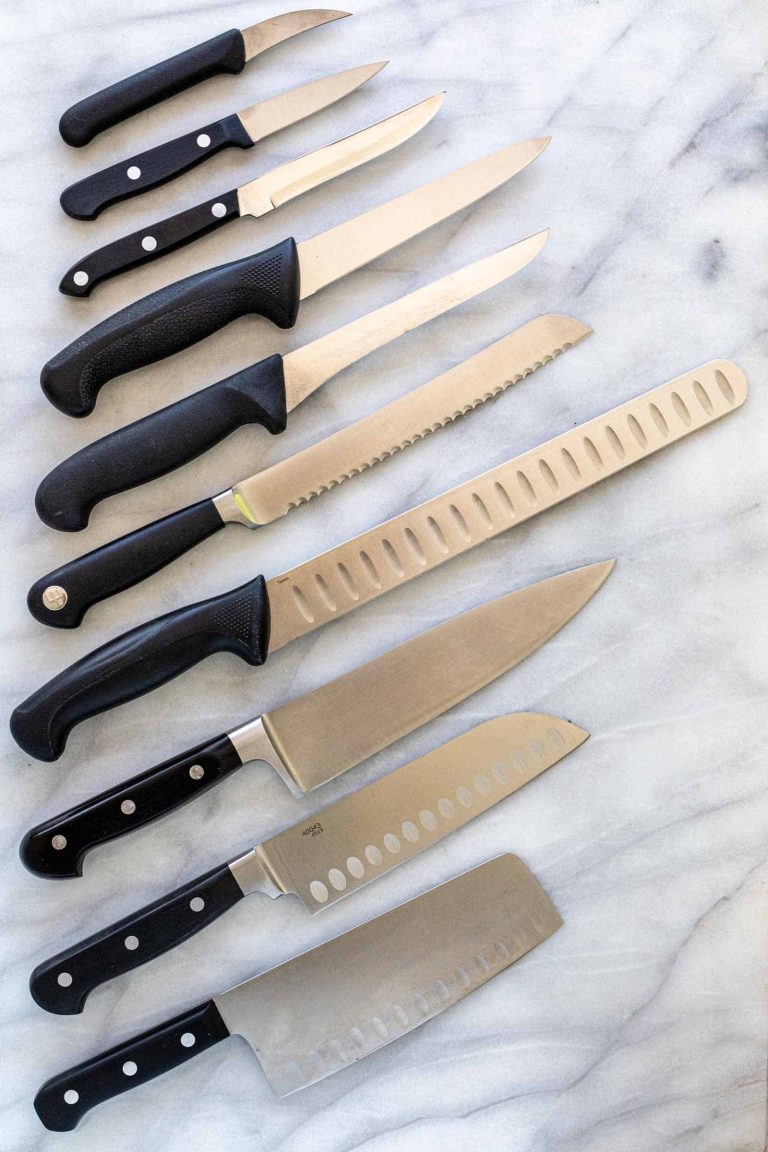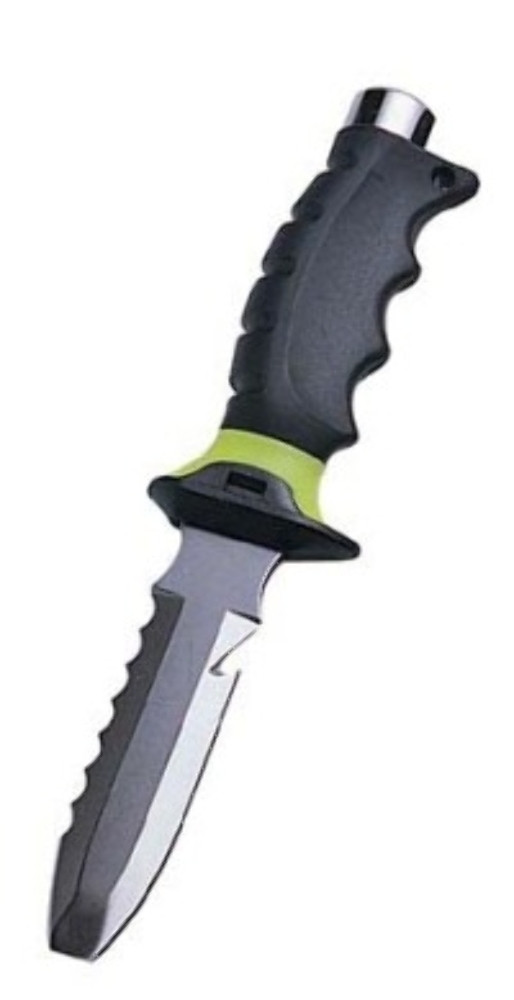Knife Techniques for Vegetable Mastery
Mastering knife techniques is essential for perfecting vegetable preparations. This article provides expert advice and practical tips for honing your skills in an accurate, concise manner.
Introduction (120 words):Effective knife techniques are key to achieving mastery in vegetable preparation. Whether you are a professional chef or an aspiring home cook, understanding the proper use of knives can significantly enhance your culinary prowess. By utilizing precise and controlled cutting movements, you can transform raw vegetables into beautifully presented dishes that not only look appetizing but also retain their textures and flavors.
We will delve into the world of knife skills, exploring different types of cuts and their applications, as well as offering practical tips and guidance to help you achieve vegetable mastery. So grab your knife and cutting board, and let’s embark on a journey to elevate your culinary abilities.
Knife Skills 101 For Vegetable Mastery
Knife Techniques for Vegetable Mastery
Knife Skills 101 for Vegetable Mastery
The Importance of Proper Knife Technique
| Essential Knives for Vegetable Prep | Understanding Knife Grip and Hand Placement |
|---|---|
| 1. Chef’s Knife | 1. Hold the knife with a firm grip |
| 2. Paring Knife | 2. Position your fingers on the blade for control |
| 3. Santoku Knife | 3. Keep your thumb and index finger on the opposite side of the blade for support |
Mastering knife techniques is crucial for becoming a vegetable prep expert. Whether you’re a seasoned chef or an aspiring home cook, having the right skills can elevate your culinary creations to new heights. Proper knife technique ensures precision, efficiency, and safety.
When it comes to knife grip, it’s essential to hold the knife with a firm grip, allowing for control and stability. Position your fingers on the blade, using your index finger and thumb to guide the knife’s movement. This grip provides better control and reduces the risk of accidents.
Additionally, understanding hand placement plays a vital role in knife skills. Keep your thumb and index finger on the opposite side of the blade to provide support and stability. This technique enhances precision and minimizes the risk of injury.

Credit: www.greatbritishchefs.com
Essential Techniques For Optimal Vegetable Prep
table { border-collapse: collapse; width: 100%; }table, th, td { border: 1px solid black; padding: 8px; }th { text-align: left; }Mincing and dicing play a vital role in unlocking the flavor potential of vegetables. By expertly chopping them into smaller pieces, you create a more balanced distribution of flavor in your dishes. Achieve consistent thin strips with the julienne technique, which adds an elegant touch to stir-fries and salads. Transform leafy greens into delicate ribbons using the chiffonade method, enhancing their texture and visual appeal. For a more refined presentation, create uniform tiny vegetable cubes with the brunoise technique. Master the art of cutting thick, even sticks of vegetables with the batonnet technique. Lastly, elevate ordinary vegetables into elegant shapes with the tourne technique, perfect for impressing guests with your culinary skills.
| Technique | Description |
|---|---|
| Julienne | Achieve consistent thin strips, ideal for stir-fries and salads. |
| Chiffonade | Transform leafy greens into delicate ribbons, enhancing texture and visual appeal. |
| Brunoise | Create uniform tiny vegetable cubes for a refined presentation. |
| Batonnet | Master thick, even sticks of vegetables for use in various dishes. |
| Tourne | Elevate ordinary vegetables into elegant shapes, impressing guests with your culinary skills. |
Advanced Techniques For Vegetable Mastery
Knife Techniques for Vegetable Mastery
Mastering advanced knife techniques can take your vegetable preparation skills to the next level. One such technique is using a mandoline, a secret weapon for achieving thin and even slices. The mandoline’s adjustable blade allows you to effortlessly slice vegetables with precision, giving your dishes a professional touch.
When it comes to achieving consistently thin and even slices of vegetables, the mandoline is an invaluable tool. Its sharp blade and adjustable thickness settings allow you to effortlessly create uniform slices of various thicknesses. Whether you’re slicing cucumbers for a refreshing salad or onions for caramelized perfection, the mandoline ensures perfect slices every time.
Sous vide is a cooking technique that involves vacuum-sealing vegetables and cooking them at a precise temperature in a water bath. This method retains the natural flavors and nutrients while ensuring a perfect texture. By cooking vegetables sous vide, you can achieve a tender, yet crisp texture that is difficult to replicate with traditional cooking methods.
Adding visually appealing garnishes to your dishes can elevate their presentation and make them more enticing. Consider using vegetable garnishes to add vibrant colors, interesting textures, and unique shapes to your plates. Whether it’s carrot curls, radish roses, or tomato concasse, these garnishes can enhance the overall dining experience for your guests.
Vegetable sculpting is an artful way to showcase your creativity and bring a unique flair to your culinary creations. Whether it’s carving intricate designs into vegetables or sculpting them into whimsical shapes, this technique allows you to transform ordinary ingredients into extraordinary works of art. Impress your guests with visually stunning vegetable sculptures that not only taste amazing but also captivate their eyes.
Conclusion
The mastery of knife techniques for vegetable preparation is an essential skill for any aspiring chef or home cook. By understanding the proper ways to hold and use a knife for different cuts, you can enhance both the presentation and flavor of your dishes.
From the precise julienne to the rustic chop, each technique has its place in creating beautiful and delicious vegetable dishes. Beyond the artistic aspect of knife skills, there are also practical benefits such as reducing cooking time and improving overall kitchen efficiency.
So, whether you’re a professional chef or someone who simply enjoys cooking at home, investing time in mastering these knife techniques will undoubtedly elevate your culinary prowess. With practice and patience, you’ll soon be dicing, mincing, and slicing with confidence, unlocking a world of possibilities in the realm of vegetable mastery.






